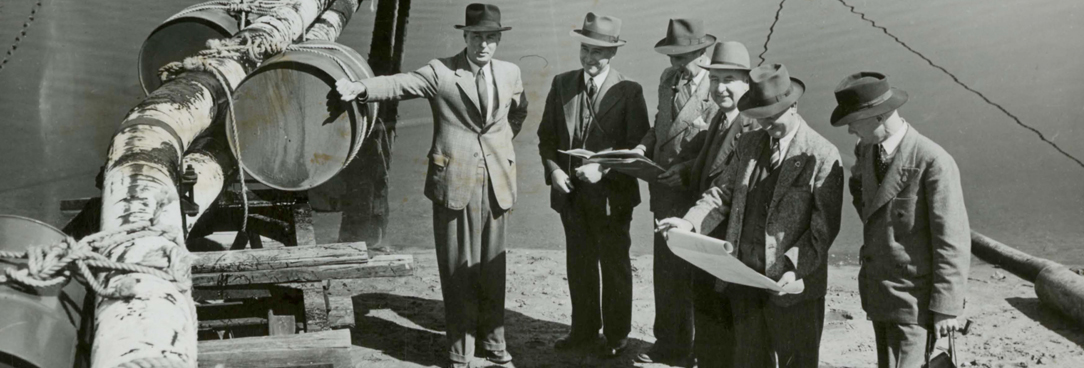Last updated:
Welcome to the 2019 issue of Provenance. Issue 17 is small in size but nevertheless represents a range of thoughtful responses and insights stemming from archival research.
Two articles use judicial records to explore and reflect upon the personal and often private histories of women in nineteenth-century Victoria. Janine Callanan’s peer-reviewed article ‘Giving birth in the bush’, analyses inquest deposition files and other publicly available family and community history sources to locate and contextualise moments in some women’s individual experiences of childbirth in colonial Victoria. In the absence of written personal accounts from this period, Callanan’s article sheds light on the potential uses for these types of records to understand and inform the construction of narratives of women’s experiences in rural Victoria between 1850 and 1880.
In her forum article ‘Attitudes to wife beating in colonial Victoria’, Emma Beach explores the case of Elizabeth Scott, the first women to be hanged in Victoria in 1863 for the murder of her husband, in the context of present-day understandings of Battered Woman Syndrome. As Beach argues, Elizabeth was the victim of ‘repeated and sustained domestic violence’, or wife beating as it was then called. Details of the history of domestic abuse Elizabeth suffered is documented in court records, however these facts were not mentioned by her defence barrister during the trial and did not inform the subsequent verdict or prevent her execution.
The forum section also includes a reflective essay by Peter Andrew Barrett, which was prompted by Public Record Office Victoria’s collection of photographs and plans of the grand former head office of the State Savings Bank of Victoria, which was located on the corner of Elizabeth and Bourke streets, Melbourne. In ‘A visit to Lizzy and Miss Mac’, Barrett recalls vivid childhood memories of dressing up in his best clothes to visit his aunt, ‘Miss Mac’, in the bank’s Overseas Department with his mother and brother each school holidays. Demolished in 1975 to make way for a new commercial tower, the building known as ‘Lizzy’ was a symbol of the institution’s role in the lives of many Victorians over sixty years and a significant architectural landmark in the City of Melbourne.
On a separate note, we were pleased to accept a Mander Jones Award for Issue 16 of Provenance (2018) from the Australian Society of Archivists for best publication to engage and communicate with clients or potential clients of an Australian archive or archival collection about Australia (Category 8). Thank you to all colleagues, authors, reviewers and the editorial board for their work in producing the issue. I hope that you enjoy reading the current issue of Provenance.
Tsari Anderson
Editor, Provenance
Material in the Public Record Office Victoria archival collection contains words and descriptions that reflect attitudes and government policies at different times which may be insensitive and upsetting
Aboriginal and Torres Strait Islander Peoples should be aware the collection and website may contain images, voices and names of deceased persons.
PROV provides advice to researchers wishing to access, publish or re-use records about Aboriginal Peoples
